My first (and only for now) baby girl was born in December 2019 in Madeira. If you are curious about how it is – to give birth in Madeira – or think about having a baby here – this post will guide you through the hospital procedure on the island.
Only one public hospital in Madeira does birthing – Hospital Nélio Mendonça. There are several private clinics but we opt for the public hospital for 3 reasons.
Firstly, we heard from friends that the hospital maternity service is quite fine. Second, it is free. Third, if something goes wrong during birthing in a private clinic, you are quickly transferred to the public service – which I find hypocritical (you want me and my money only when the job is easy, once not – you throw me out and yet keep my money)
Therefore, the public hospital is our choice.

As I wrote in the previous post, I am going to have a C-section. During the 3rd trimester, the baby flipped and landed on her ass. And although continental Portugal tries to do natural birthing in some breech cases, in Madeira they don’t want to mess with it so the only protocol is a surgery.
Although all my life I was mentally preparing for the natural process (oh you have wide hips, will be good for birthing), I decide that I am fine with the C-section – and it is not that I have a choice.
Planned C-sections on Madeira are done on Wednesdays, usually 1 week before your delivery date to prevent you from starting natural birthing (because if caught middle way things can get complicated). My delivery date is 21 December but the Wednesday before is packed so the hospital tries to find another slot during the week.
On the appointed day, 17 December 2019, I am in the admission room with my hospital bag. A nurse checks if I am having any contractions and the baby’s heartbeat. An admission doctor checks the dilation (none). He asks me to sign a consent where I acknowledge that I may die during the surgery. “It says in rare cases” – the doctor is optimistic. I know him from the echographies in a private clinic – he seems experienced but he has a speech defect and mumbles in his upper lip so unfortunately his best insights in Portuguese are lost on me.
My surgery is planned for the morning, so I haven’t eaten anything since yesterday evening – this is a rule. So the romantic dinner with my husband was the last one to fill my stomach.
A nurse invites me to a room and gives saline with nutrients in my vein and compressing socks to prevent blood clots from the surgery. (At the preparation course, the head nurse told us that compressing socks is a sign for women who are birthing naturally that they will be transferred for an urgent C-section – even before the doctor announces that).
Suddenly, the nurse comes and informs that my surgery was moved to the afternoon because they might expect an urgent case and need the operation room ready. So I prepare to wait in hunger, send my husband home and still do some work on my laptop – a wedding video for a client, but basically anything would do to distract me from waiting and worrying.

We live in about 7 minutes drive from the hospital, in Funchal, so coming in and back are not a problem, especially when a lot of waiting is involved – and also have you seen the parking price at the hospital? The most expensive on the island, just like the airport.
At around 3 PM another nurse comes and says it is time – so I call my husband to come and be ready. (He will not be allowed in the operation room – although it is debatable. Partners are allowed during natural birthing and – according to the law, during planned C-sections. But when I asked about it in advance, the doctor said they can’t allow partners in because the operation room is too small – and it is true, I further discover).
The nurse asks if I have any nail polish on my fingers or toes. I don’t – cause I was warned. It is not that they don’t like fancy nails. They clip a pulse control on your finger (or toe in rare cases), and nail polish tampers with sensitivity. But the nurse is prepared too – like in a nail studio, she has a fancy basket with different medical stuff and a nail polish remover.
Now the ugly part: they introduce a catheter to collect urine. Would you believe if I told you it was the worst part of the whole operation? It was not painful but very uncomfortable – this pulling sensation that won’t go away no matter how you are trying not to focus on it.
More nurses come and here it is – on the bed, in a hospital robe, I am driven through a corridor, in an elevator and in on operation room. A nurse is trying to casual talk with me: so have you decided on your baby’s name? Why does your name have double i? You are not from Madeira, right? Step-step in the corridor. She is acting as if we are in an everyday social situation – in a line or something. I reply calmly but I know it is a countdown to the 9 months of expectation, the growing belly, first serious surgery and my first child to be here. Yes, it is Ivana. Oh, the double i is because of the transcribing from Cyrillic. No, I am not from Madeira.
The operation room is small and well lit. An anesthesiologist asks my height and weight. 173 cm – “Oops”. I am taller than an average Madeirense, so the dosage needs to be adjusted.
I am sitting on the bed holding my knees – and get an epidural, a pinch in my back. Unpleasant but still better than the catheter. I feel cold down my legs – and suddenly the catheter pain relieves. I am feeling fine, comfortable and calm.
Epidural is a blessing. Much better for a C-section than full anaesthesia, and a saviour doing natural birthing. However, if you want to give natural birth without any substance – the choice is yours (but quite often women still ask for epidural no matter the initial plan). Although it is not risk-free and may involve headaches or spinal traumas in very rare cases, generally epidural is good anaesthesia without a hangover and many secondary effects. It is introduced in your spine and blocks pain from the waist down although you can still feel touches and if the dosage is not too big, you can still move your legs. For natural birthing, you even get control and can add more anaesthesia. For a C-section, it’s anesthesiologist controlled but you can ask for more.
The nurse helps me down, they put a curtain to block the view on the belly and check my sensitivity. “Hot or cold?” She touches my collarbone with an alcohol sponge. “Cold”. “Hot or cold?” She touches around the belly. “I don’t know”. It is true – I feel the touch but I can’t distinguish anything else.
“We can start”.
I feel some manipulations around my belly but can’t say what exactly they are. The anesthesiologist by my side is there to calm me down and explain what’s going on.
In about 7 minutes since all started, she says: “here comes one leg. Now another leg”.
Omg, the baby is halfway out.
“A shoulder. Another shoulder. The head. Here she is”.
And she gives her first cry. A tiny pink creature that’s going to take my heart by storm.

After showing me the newborn, they take her away for checkup and dressing while the doctors sew my open belly. The epidural is still working so I only feel a pull when they take the placenta away.
By the way, the beauty of a planned C-section is that they cut only your skin and the uterus, and move the abdominal muscles apart putting them back in place when the procedure is over. This speeds up the healing by far – compared to when everything is cut however possible to get the baby quickly during the emergency surgery.
While the operation is ongoing, they bring Ivana back to me for the first kiss – so that she gets mom’s bacteria that will continue forming her immune system. I think I am crying at that moment.
They say that with natural birthing, you may ask for the baby to stay and start breastfeeding – it’s good both for the baby and the mom.
The in-room paediatrician checks the baby, gives 10 of the Apgar score (first excellent mark in her life), congrats me that the baby is fine and they take her away to the dad.
In maximum 40 minutes, all the C-section is over and I am staying under intensive care with 2 nurses for about 1.5 hours more.
Now I expect the epidural to gradually stop working and pain to creep in.
“When will it hurt?” I ask the nurses.
“It should not. This is the point”, they say.
Seriously? I am happy to hear it.
Although the epidural is finishing, they introduce painkillers in my saline (probably it was only liquid paracetamol – so that I could already start breastfeeding). One of the nurses checks if my legs regain sensitivity. They do.
Another nurse comes by to let me know that they dressed up the baby in everything I prepared (a body, red pants with pink dots and an overall with giraffes, a hat saying “I am new in this world”). The nurse looks a bit confused but later I understand why. A tradition is to dress newborns in all yellow – no matter the sex. So Ivana looks totally out of the tradition. I think they forgive that because we are foreigners, the weirdos.
The baby is already with my husband, so I am relaxed and feeling fine waiting to be together with them.
Soon they pull my bed to the room (changing about 4 beds on the way pulling me from one to another) and I am finally in the post-natal care. My husband enters with a small burrito in his hands – our daughter Ivana.
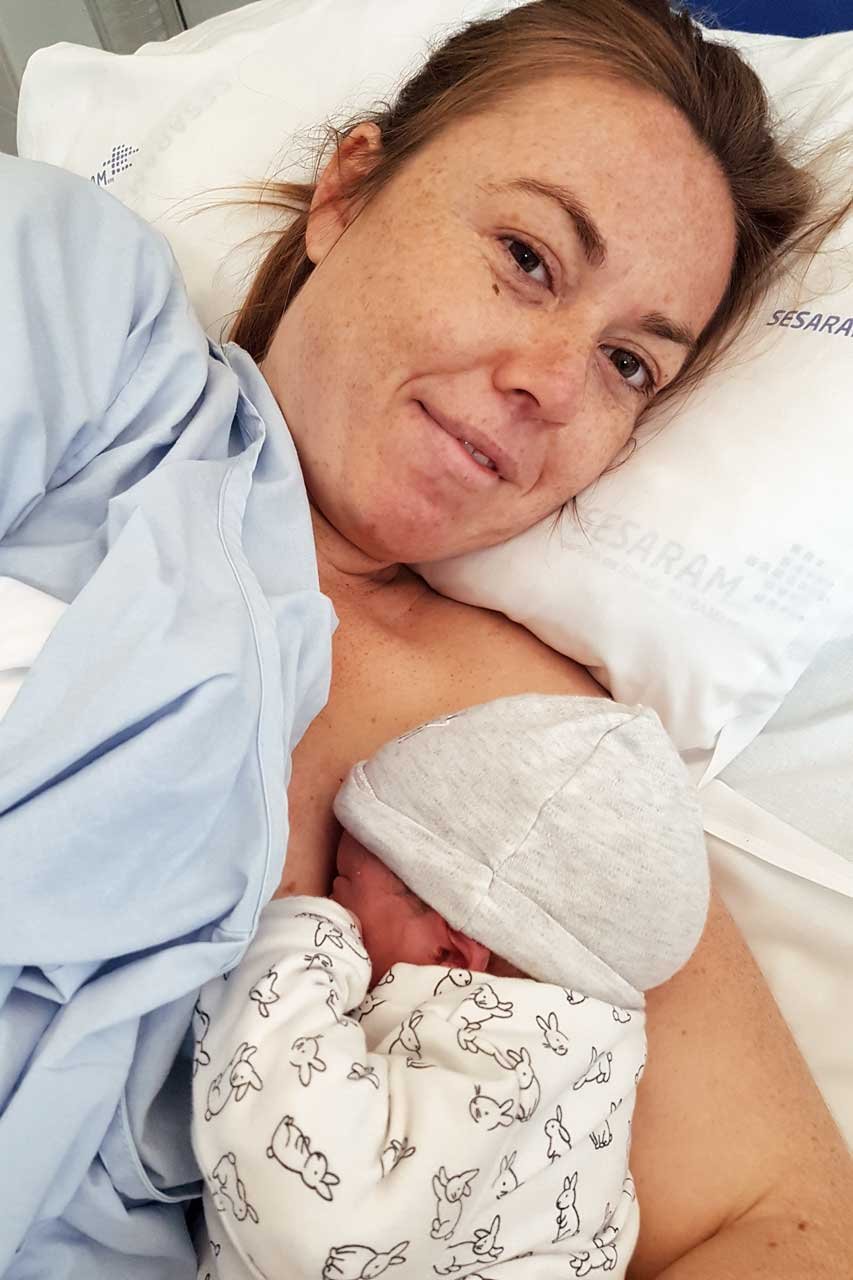
The three days of post-natal care and your baby first days of life in the hospital is another important topic which I discuss in another post.
Meanwhile, if you are planning natural birthing, I can only share what I learned at the preparation course and from my friends.
First, in Portugal, you carry your baby for 40 weeks. On week 41 if the birthing doesn’t start naturally, they induce it with medicine. Unlike in some other countries, where labor induction happens only on week 42.
Next, according to reports, on Madeira and in Portugal in general, doctors like cutting. The proportion of C-sections is higher than in other countries, same for episiotomy, a surgical incision of the perineum. The stats say, about 70% of all birthing in Madeira finish with this unpleasant procedure.
Health officials account for this situation and try to influence it, but the problem still exists. The nurses in the preparation centre said in private hospitals the doctor is more likely to give the woman and the baby more time for accomplishing the natural process – this is what I heard.
But in general, the hospital personnel are professional and friendly, and the hospital facilities are decent. So in my opinion, giving birth here was comfortable, even though it was my first experience.
For more information about the afterbirth stay in the hospital, read the next post.
Send me questions or comments if you want to know more about how to give birth or the preparation for motherhood in Madeira. Also, have you given birth in Madeira? How was it, please share your experience!
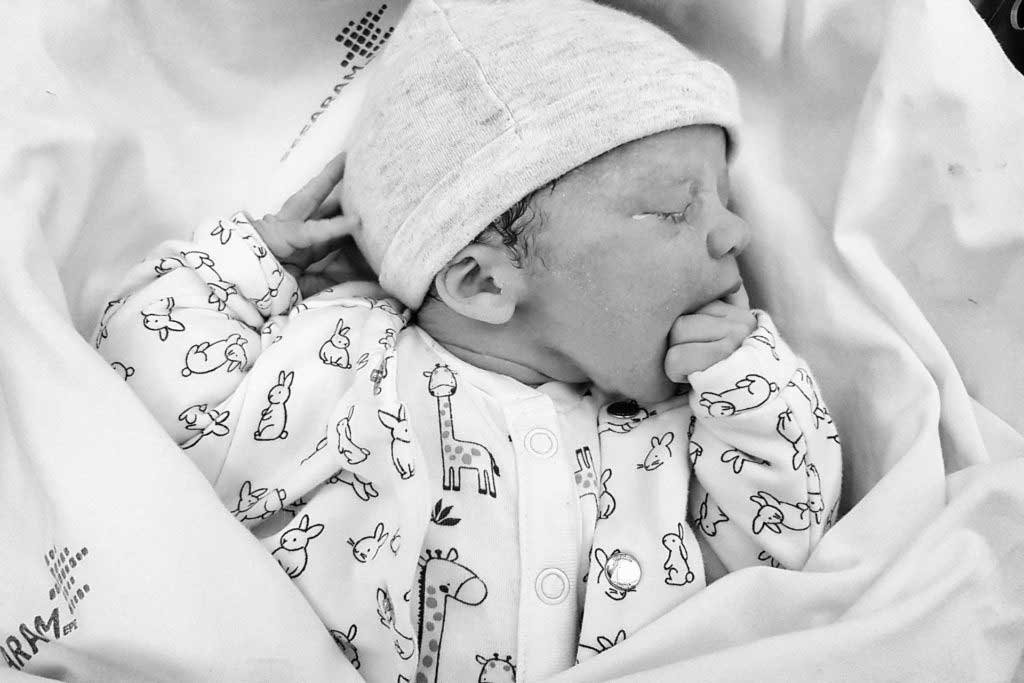
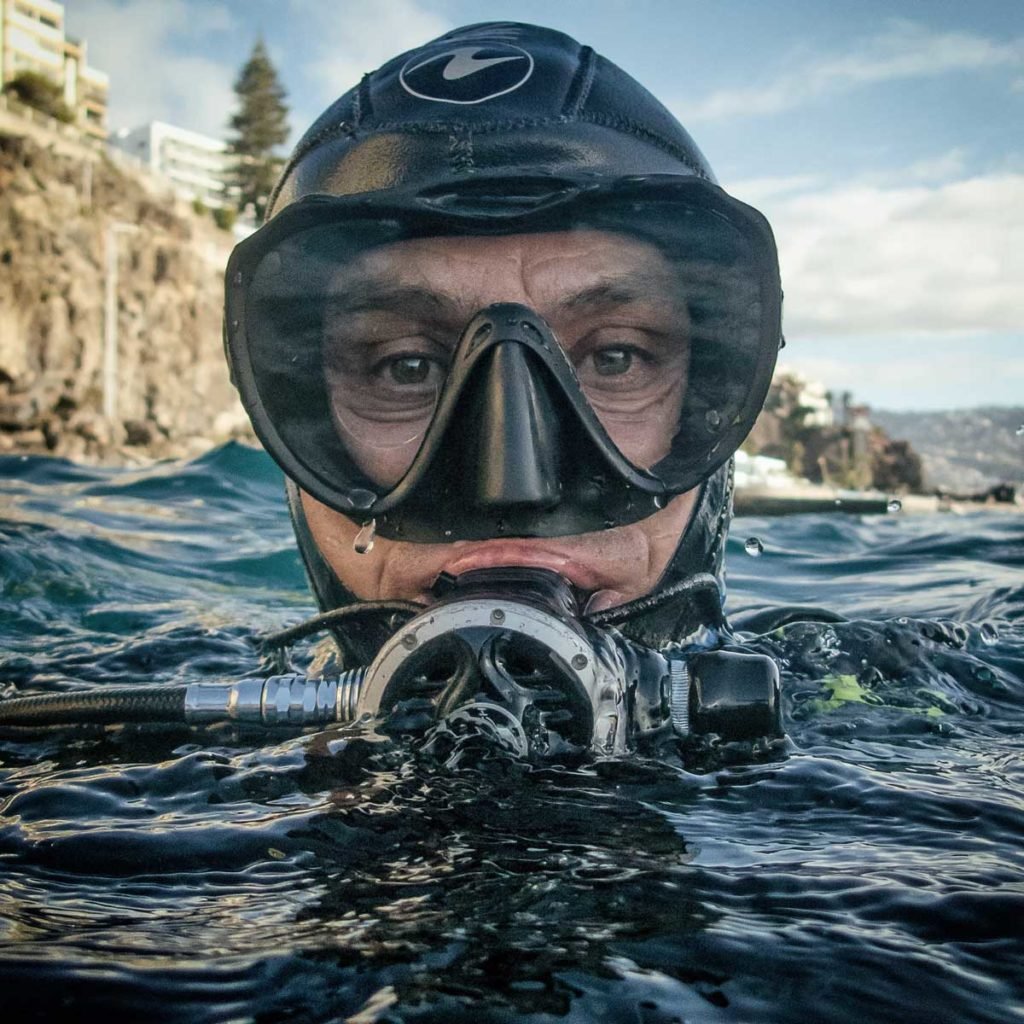
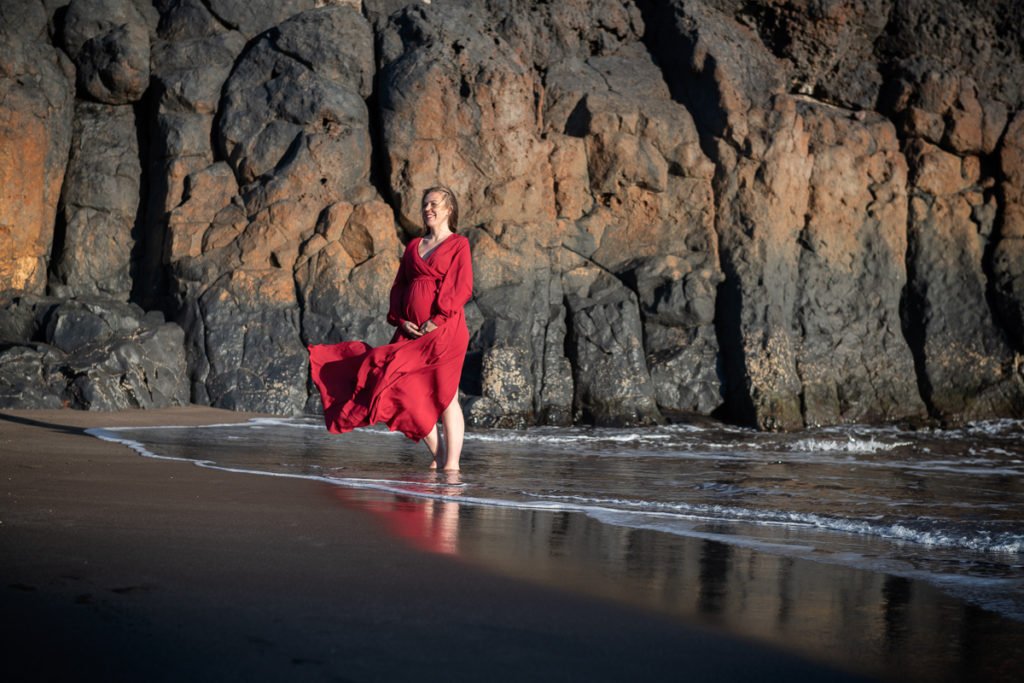

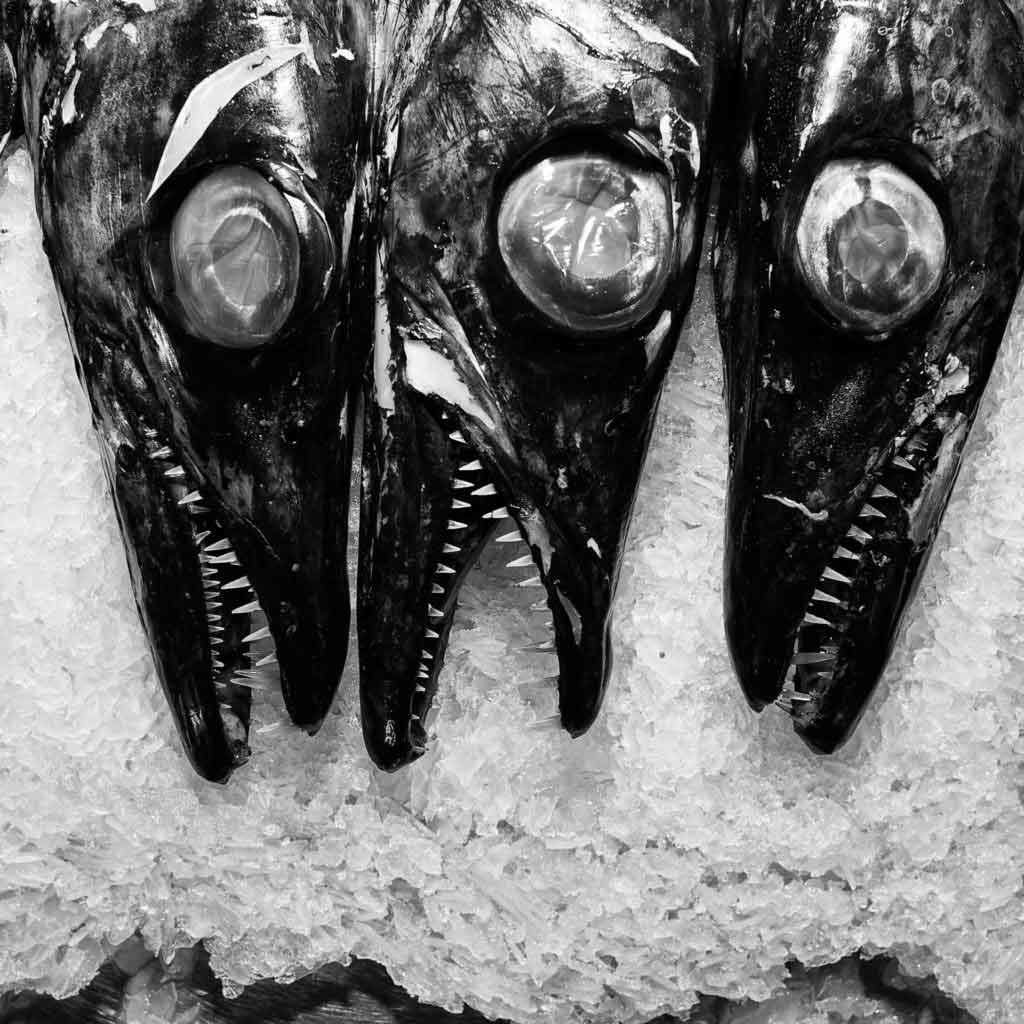
3 comments
OMG you have no idea how this helped. I had trouble with my insurance company so I cancelled the plan. Only to find out I’m pregnant 2 months later. I’ve been scrambling looking for advice on what to do next. Thanks so much for sharing 🙂 your story answers so many questions I have.
great, it helped! 🙂